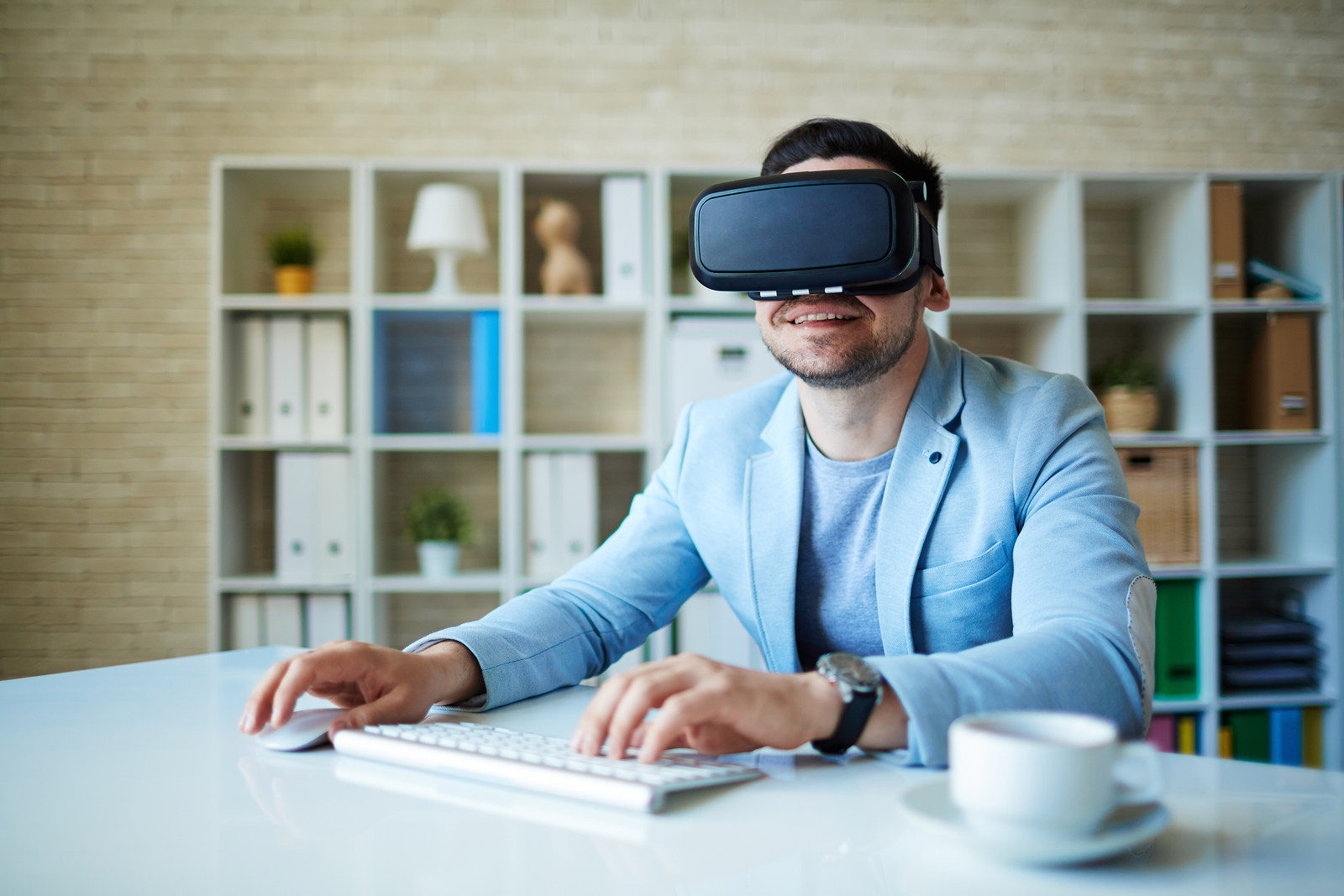Remember that time Alliance Virtual Offices started a campaign to better define virtual offices? Part of the reason the campaign started was because there was a need to invalidate the idea that virtual offices existed only in cyberspace.
As many of you know, virtual offices do exist in the physical world. Despite 21st century solutions like digital mail, technology hasn’t yet reached the point to where we can say our workplace is located in cyberspace.
I’m not saying this won’t ever happen. I’m also not saying it will; technology follows demand and no-one can predict the workplace of the future. Plus, the potential of technology continues to amaze and confuse me.
In any case, going back to the point here, the concept of the virtual office has seen its dark days and has led to some confusion. You can read all about it in AVO’s blog post. What I want to focus on today is the fact that today’s cutting edge technologies are going to give virtual offices a whole new meaning, and one that could potentially be defined as existing only in cyberspace.
Virtual reality is, well, already a reality. With the right software and equipment, you can submerge yourself in the world of video games or dive into the world of movies. You can even create your very own virtual office space (or should I say world?) and dive into it and be your most productive self without having to leave your bed, if you so choose.
Well, at least that’s what a new Virtual Room Simulator program hopes to accomplish.
LightVR is a virtual room simulator, already available for purchase in Steam, that’s hoping to entirely revolutionize the way people experience virtual realities through their desktops.
If it’s possible for people now to create their own virtual workplaces, where they “can actually pick up and move objects” with their controllers, and “spawn new items to place in the world around them,” well, I can see how virtual offices will actually come to exist in cyberspace.
LightVR simulates reality to such an extent that the headset is equipped with a front camera that can be triggered when the head is moved to allow the user to look at his or her own hands (in the virtual reality) as they type on the actual physical (real world) keyboard.
So, if people are beginning to be familiarized with this new virtual office concept, what does it mean for flexible workspace operators that offer virtual offices as a service?
Well, it makes AVO’s campaign all the more relevant. Virtual office operators will need to increase their efforts in educating the public about what a virtual office is (at least as it relates to the flexible workspace industry) and making sure that there’s a clear definition that sets them apart from other notions and ideas of virtual offices.
Virtual Reality is gaining momentum, and it’s likely to gain more; virtual office providers need to proactively seek ways to differentiate their service from the product that this cutting edge technology is already offering to the public.


 Dr. Gleb Tsipursky – The Office Whisperer
Dr. Gleb Tsipursky – The Office Whisperer Nirit Cohen – WorkFutures
Nirit Cohen – WorkFutures Angela Howard – Culture Expert
Angela Howard – Culture Expert Drew Jones – Design & Innovation
Drew Jones – Design & Innovation Jonathan Price – CRE & Flex Expert
Jonathan Price – CRE & Flex Expert











